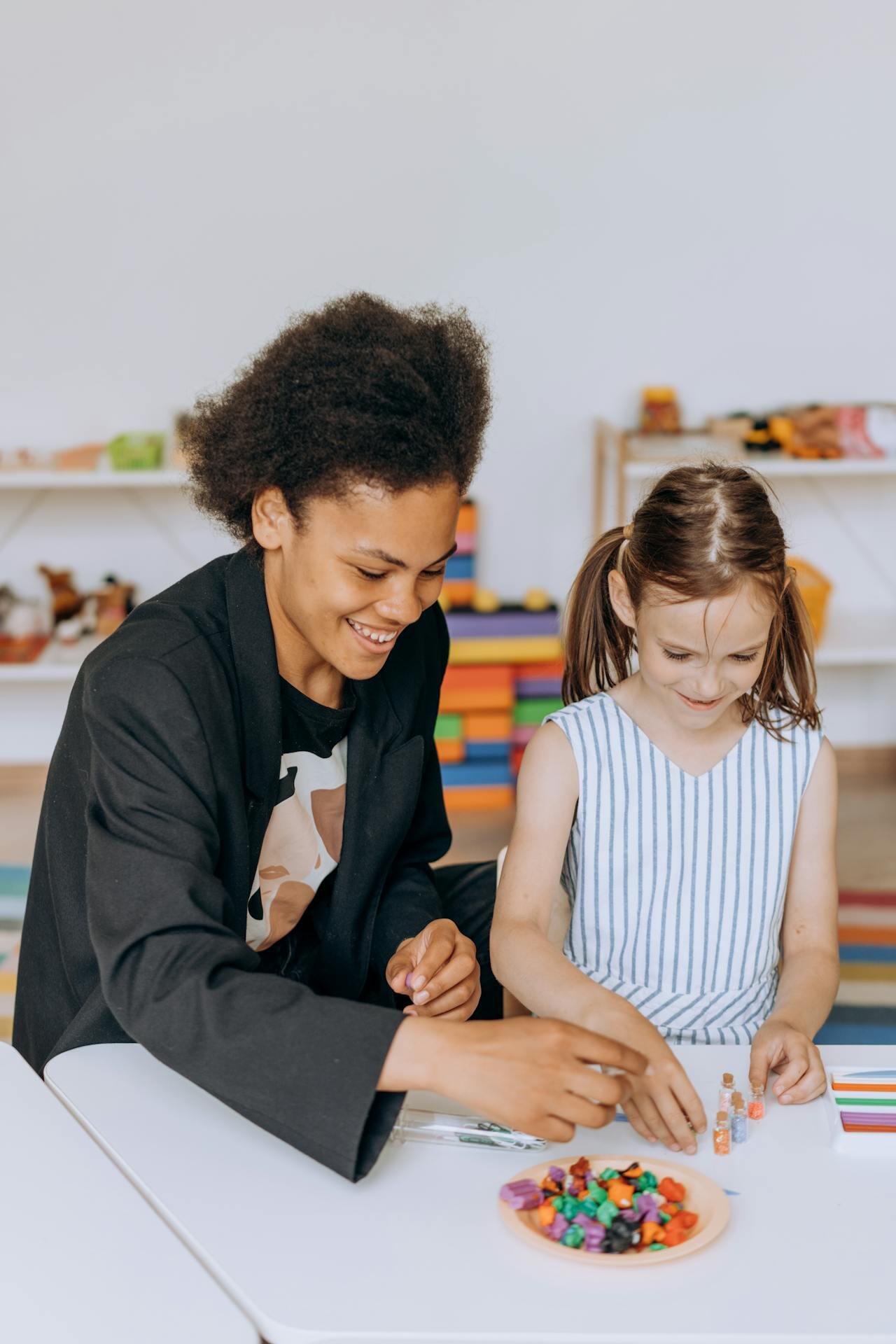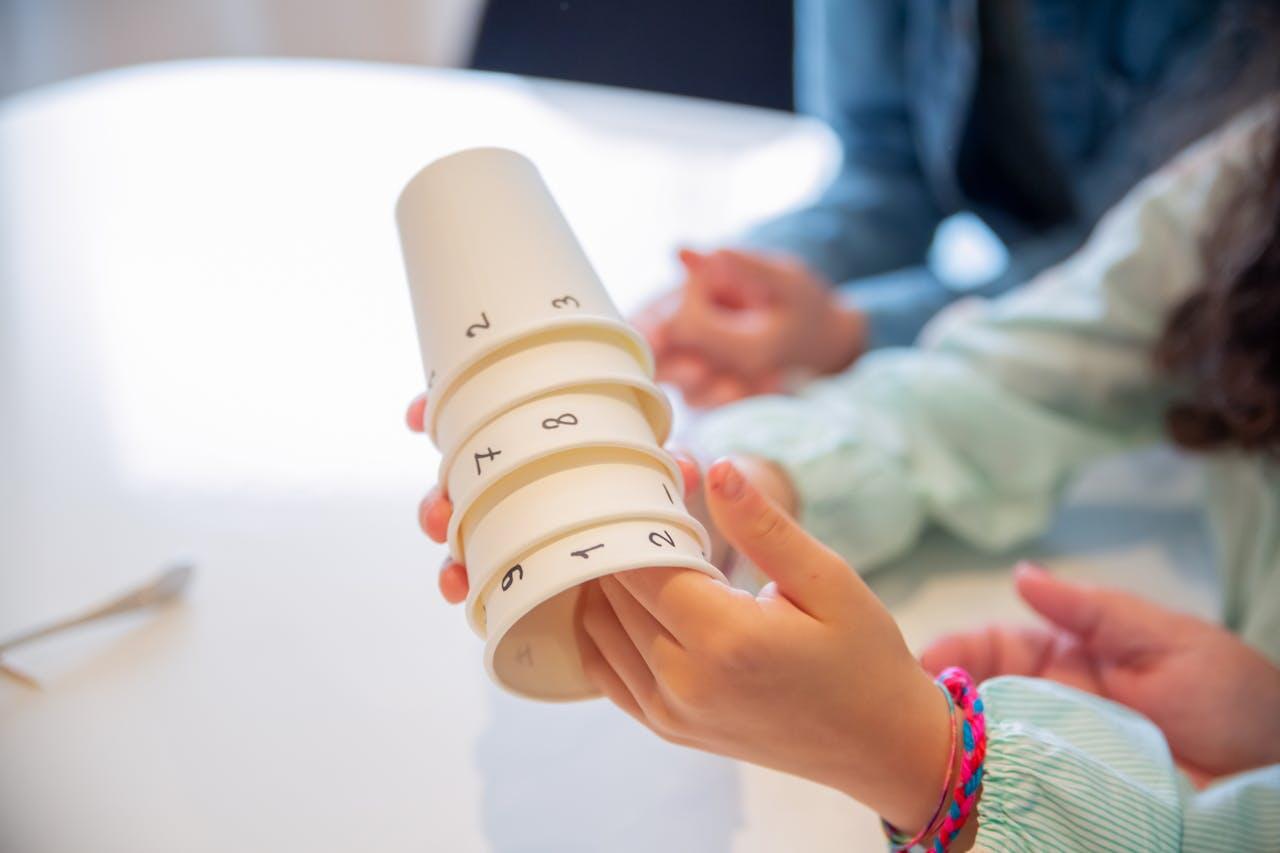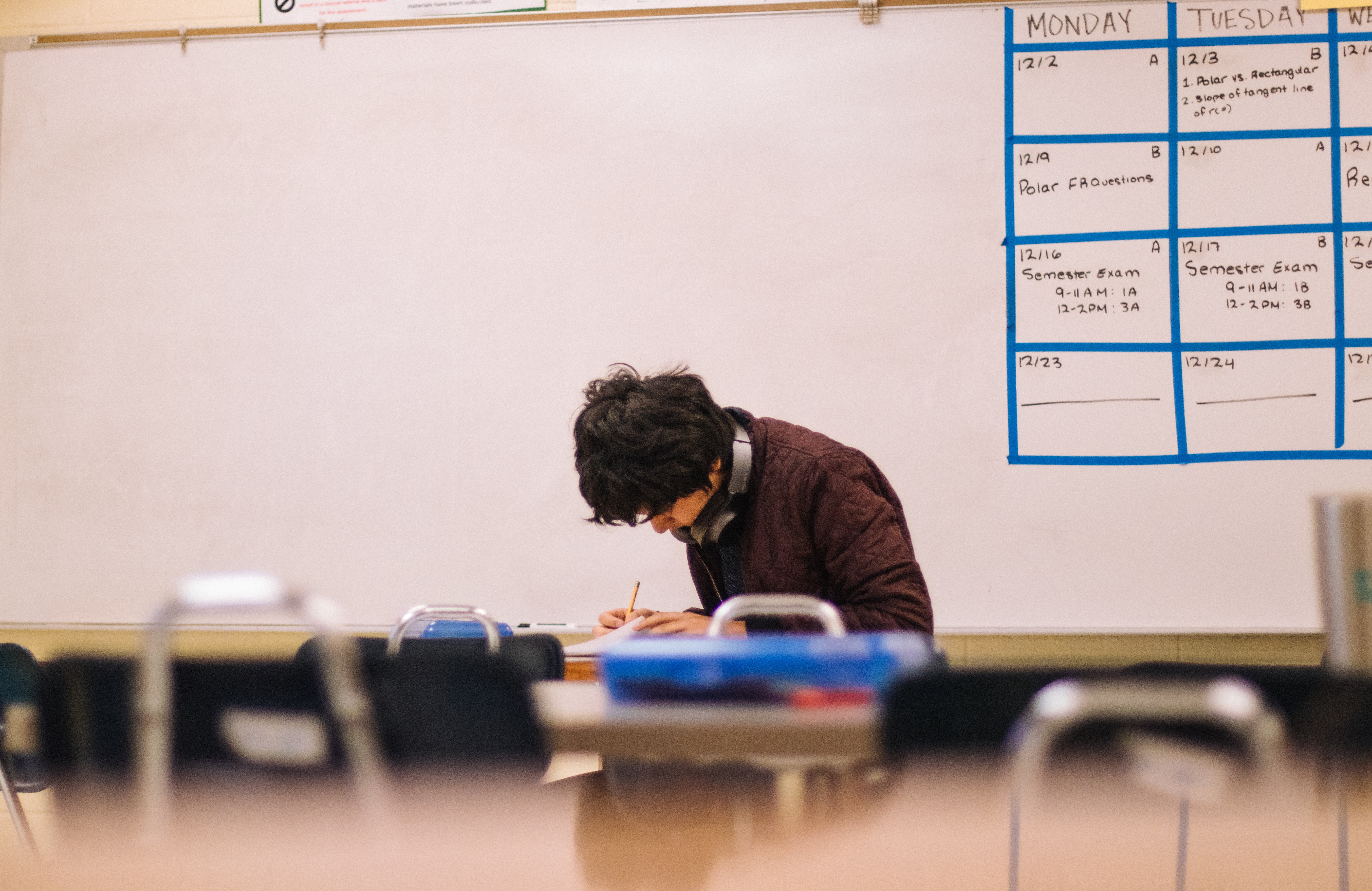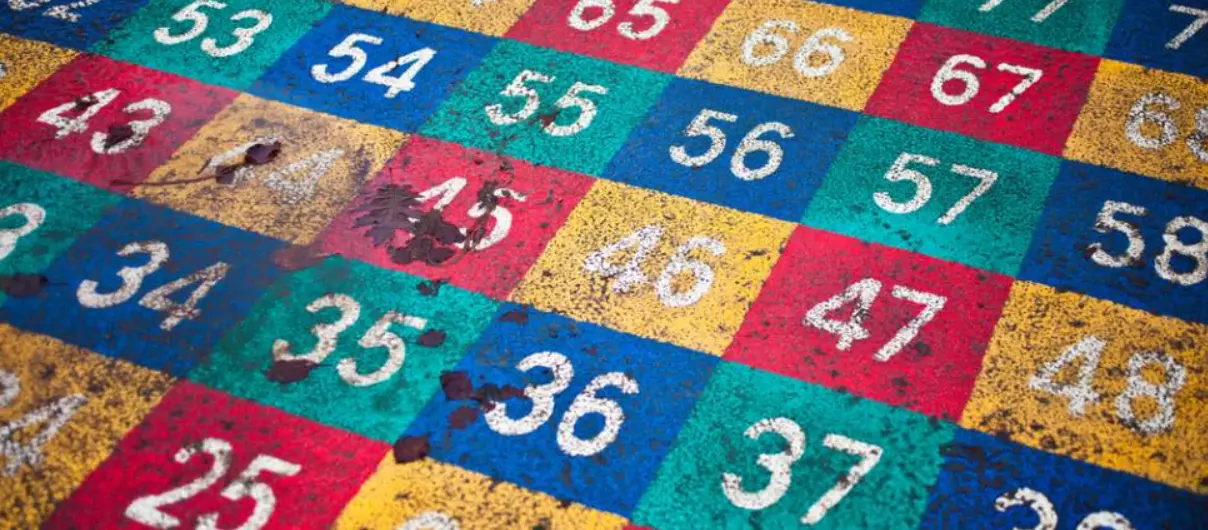Did you know that comprehensive math learning involves both hemispheres of the brain, rather than the old belief that it relies solely on left-brain dominance? Various educational research studies have shown that the left hemisphere is responsible for logical thinking in math, while the right hemisphere handles math concept visualization and problem-solving skills.
Just as different parts of the brain have unique roles in an engaging math learning session, students of various grades and learning paces also learn math effectively through different methods. In this article, we'll be discussing ways to make math more interesting for children through the following takeaways:
How to make math fun and engaging
- Promoting a growth learning culture in maths
- Implementation of math games and fun challenges
- Boosting math learning through collaborative activities
- Application of math real-life examples
- Practical tips for parents and educators in this journey

🌱 Encouraging a Growth Mindset in Math Learning
One of the major challenges many math students face today is math anxiety and the fear of failure — in other words, a negative perception of the subject. This can lead to a lack of interest in math lessons and classroom activities, ultimately causing them to view math as a problem rather than an exciting adventure to master and enjoy.
The solution? Promoting a growth mindset in math education by creating a conducive learning environment through thought reframing and fun math game challenges that help develop students' confidence and competence. If you are a parent or teacher of a young child learning math, here are some ways to encourage a growth mindset:
💡Reframe Mistakes As A Learning Opportunity
At times, students will feel discouraged whenever they are "stuck" before getting the right answers. Some of them might even feel like giving up and begin to have negative self-talk such as "I can't do this, or I can't get this right."
Whenever you hear this, remind them that mistakes are very normal and often lead us closer to success. Reframe these sentences with "I can't do this yet, or I can't get this right yet." to show them that they can overcome mistakes through persistence.
It's not that I am so smart, it's just that I stay with problems longer.
Albert Einstein
🏆Set Small and Achievable Goals
It's crucial to let students set small and achievable goals to build their confidence. Having small goals will help them to be more intentional and confident during the learning process while offering them a sense of direction on how to connect with everyday math life experiences. For instance, if a student is struggling to learn the concept of fractions, you can start by teaching them about halves (1/2) before going into quarters (1/4), eighths (1/8) and sixteenths (1/16).
🚀 Focus on Effort and Progress
Instead of fixating on getting the correct answer in one go, it's important to encourage students to try new methods and ways when solving a math problem. Encourage them to think deeply and explore the question step-by-step with their own reasoning instead of offering speedy solutions.

Once students have shown progress in terms of math comprehension or direct problem-solving, celebrate with them and ask them to reflect on what has changed — which mathematical concepts became easier and how they can apply that in real-life math examples.
Parents and teachers can transform a student's outlook on math learning by shifting the focus of math mastery from a "natural talent" to the right learning strategies and effort. This helps students develop a growth mindset that anyone can excel in math!
🥇Gamification: Turning Math Into an Exciting Challenge
With a renewed mindset towards math education, it's time to incorporate fun math activities and games to boost learning engagement and effectiveness among children through various strategies. There are many fun math resource ideas that teachers and parents can look into to introduce various mathematical concepts to children of different age groups, ranging from online math games, card games, board games, dice games, and even outdoor math activities.
Here's how gamification in math can keep learners more engaged:
✨Reward system and immediate feedback
- Students can identify the right method to get the right answer
- Students can track their progress through points accumulated
- Example: Math Playground (online game)
✨Healthy competition and personalised pace
- Kids can play by themselves or collaborate
- The game's outcome and activities follow their pace
- Example: Outdoor Math scavenger hunt
✨Different difficulty levels for a challenge
- Every student can try out from beginners to advanced math concepts
- Different difficulty levels offer a sense of adventure and motivation
- Example: Math puzzles


🤝Collaborative Learning: Making Math a Social Activity
Picture two scenarios: A Grade 3 student sitting alone, repeatedly looking at a math problem without a clue about the next step, versus a group of students coming together to ask questions, solve problems collaboratively, learn from each other's perspectives, and provide feedback on what they have just shared. Which of these scenarios would you prefer your child or student to experience when learning math?
Students who engaged in group learning improved their performance by approximately 109% in integration-related questions compared to those taught using conventional mathematical teaching methods (Sofroniou & Poutos, 2016).
Engaging and effective math learning across students of all ages can only be achieved through continuous participation, collaboration and discussion among students, teachers, and parents. This is where math-based social activities come in, whether it is in the form of math games and challenges, group projects, or a budget challenge at home or in a classroom.
🏫Ideas for classroom activities
🏠Ideas for home activities
🌍Real-World Applications: Making Math Relevant
Math skills matter — not just for getting good school grades, but because of their strong connection to everyday life. Being confident and competent in this subject not only helps us solve problems on paper but also provides real-life solutions that make our lives more meaningful. Here’s how math serves as a tool to help us navigate real-life situations:
💰 Smart spending and budgeting
Children can learn about money management through basic arithmetic operations for simple purchases. Just take them on a grocery shopping trip and give them a fixed allowance where they spend within a budget. This is where they use their math skills to compare prices and discounts for different items to get the best deal before paying the shopping staff.
🚗 Travelling efficiently from A to B
By learning advanced math concepts like distance, speed, and time, students can calculate the best travelling route from one place to another. For example, the math equation to calculate speed can be used in real-life applications: Speed = distance ÷ time. This equation can be rearranged to calculate different variables:
- Speed = distance ÷ time.
- Time = distance ÷ speed
- Distance = speed × time
🏗 Building safe and solid structures
This is how math skills contribute to the Science, Technology, Engineering, and Mathematics (STEM) career pathway. Architects and engineers use math concepts like geometry and algebra to work on houses and bridges, calculating optimal angles and symmetry for stability. The next time you teach a student about area, volume, and angles, remind them that mathematics plays a crucial role in the very building they are in right now.
🎯Tips for Parents and Teachers to Keep Math Exciting
In summary, parents and teachers can help students master math through the following engaging and exciting strategies. The first tip is to encourage a growth mindset. It's important to instil in them the mindset that everyone learns from making mistakes, and that there is always room for improvement. The idea is that anyone and everyone can excel in math!

The second tip is to make math learning a social activity. Math learning is most effective when there is open collaboration and discussion, where students can learn from each other's perspectives. It's also more fun to solve a group math problem together!
The third tip is the introduction of a variety of hands-on and online math game activities in the classroom or at home. Studying math should not be confined to just textbook plans and worksheets for each lesson, but it can be interactive, imaginative, and creative. For example, students can watch various math online resources like YouTube channels and podcasts.
The final tip is to teach real-life math applications. Kids would relate to math concepts better when they see the relevance of math content in their everyday lives, whether it's through a simple shopping activity or a baking stunt at their home.
Another way to create an engaging math learning experience is through private tutoring. With Superprof, students can learn math at their own pace with an experienced and qualified tutor, whether it's through physical or online lessons. Not only that, most Superprof tutors offer the first lesson for free, making it a worthwhile investment!
We hope you found this article useful in creating an engaging and effective math learning journey.
























